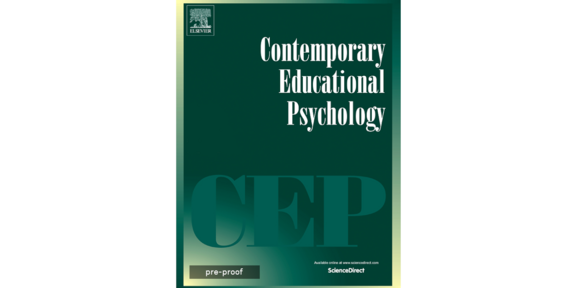New journal article in Contemporary Educational Psychology published
- Publications
- News

ten Hagen, I., Lauermann, F., Wigfield, A. & Eccles, J. S. (2022). Can I Teach This Student?: A Multilevel Analysis of the Links Between Teachers’ Perceived Effectiveness, Interest-Supportive Teaching, and Student Interest in Math and Reading. Contemporary Educational Psychology. doi.org/10.1016/j.cedpsych.2022.102059
Teachers’ perceived teaching competence is a multifaceted motivational factor that can shape their instructional decisions, persistence, and engagement in teaching. However, existing evidence on the theorized associations between teachers’ perceived competence (e.g., perceived effectiveness in the classroom) and important student outcomes such as students’ academic motivation is inconclusive. This study is the first to examine the interrelations between teachers’ perceived student-specific and domain-specific teaching effectiveness in math and reading, student-reported interest-supportive instruction, and students’ subject-specific interest in these domains, controlling for preexisting differences in students’ interest, cognitive ability, school grades, and family background. Data from 48 math and 55 reading teachers and their elementary school students were analyzed (N = 449 in math, N = 568 in reading; grades 3-6). Domain-specific multilevel path analyses revealed significant within-classroom associations of teachers’ perceived effectiveness in teaching individual students with student-reported interest-supportive instruction and subject-specific interest, but no significant between-classroom effects emerged. Preexisting within-class differences in students’ subject-specific interest positively predicted teachers’ perceived teaching effectiveness in math but not reading. In both subjects, the more effective a teacher felt in teaching a particular student, relative to the class average, the more likely this student perceived the teacher’s instruction as motivating, which then predicted a positive change in the student’s interest in math and reading. Different results across levels of analysis (between- vs. within-class) and subjects (math vs. reading) underscore the importance of examining both student-specific and subject-specific associations between teachers’ perceived teaching competence and student outcomes.






![[Translate to English:] [Translate to English:]](/storages/ifs-ep/_processed_/3/0/csm_iStock-1180187740_Orbon_Alija_bc1514e180.jpg)